Track Safety: First Responders
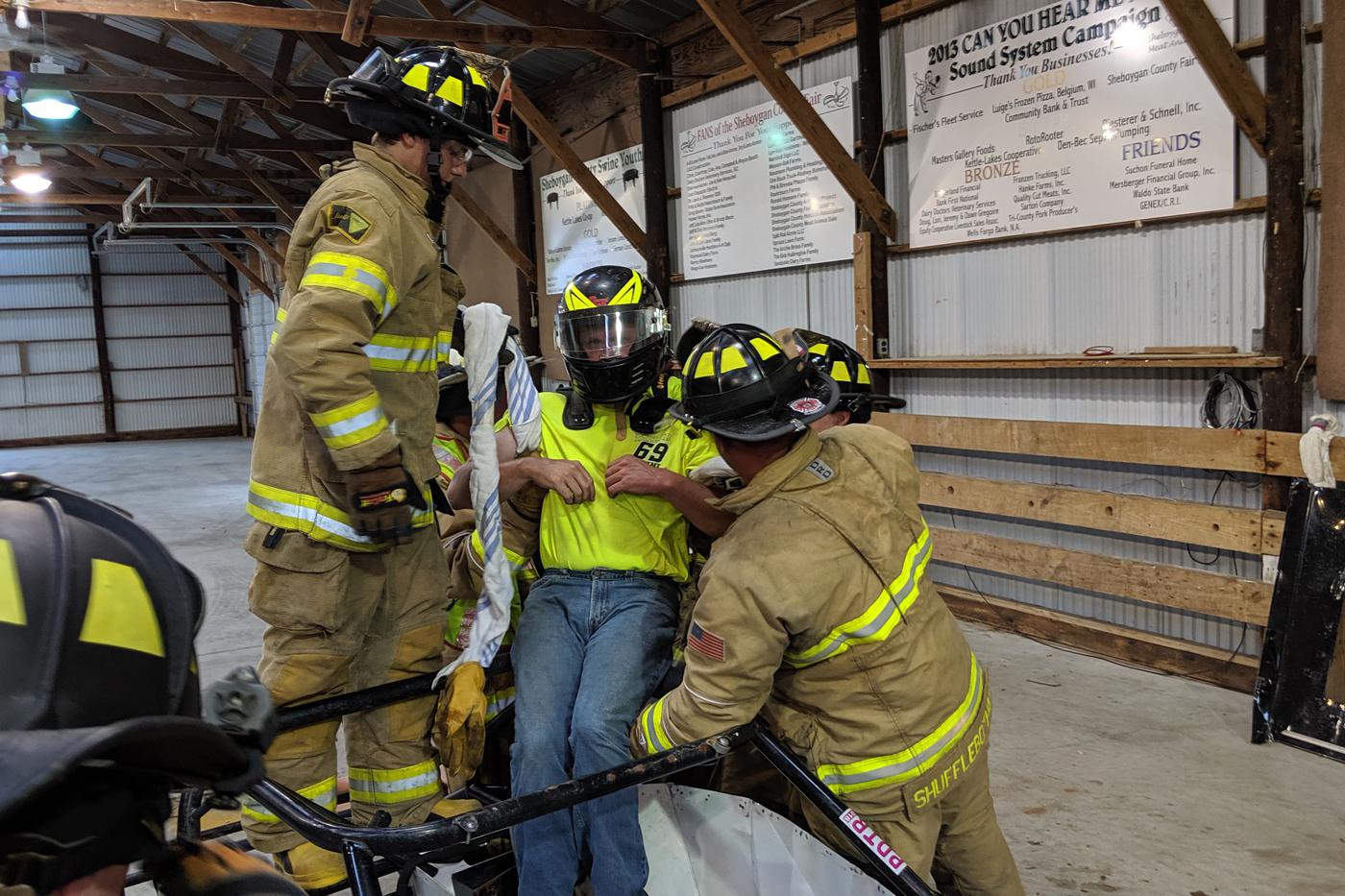
Photo courtesy of World of Outlaws
Specialized tools, data analysis, and continual education have changed the way on-track incidents are handled in top-tier series in recent years. That approach is starting to make its way into grassroots racing.
From the combustible fluids involved to the sheer physics at play, there’s no question that racing is an inherently dangerous endeavor. It’s an element of motorsports that we tend to romanticize in certain contexts and compartmentalize in others, but at the end of the day, on-track safety will always be crucial to the sport’s well-being.
Although real-world experience has often been the impetus (and cost) for these improvements, racing is now far safer than it was even a decade or two ago, and it only takes a moment of brief reflection to realize just how far we’ve come from “the old days.”
“Back in the early 1980s, first responders like me were often wearing shorts and t-shirts at local tracks,” recalled Jay Masur of Med-Star Dirt Track Rescue, Brandon, South Dakota. “At that time nobody knew any better. I remember that at one of the races at Huset’s Speedway there was an incident that caused a bad fire and some serious burn injuries. The very next week I was in my first fire suit. Most of the improvements we’ve seen in track safety have come as a result of evolving the equipment and procedures in response to incidents that have occurred.”
Safety teams in racing not only benefit from the knowledge and experience of those who came before them, but also contemporary technologies that have allowed them to create procedures and equipment that are purpose-built for the unique requirements of auto racing. And as is often the case with motorsports’ trickle-down effect, elements of strategies that originated in the upper tiers are now beginning to find their way into grassroots racing.
A Targeted Approach
“These first responders often come from paramedic backgrounds, but they also need to be mechanically inclined,” said Jeff Horton of WH Engineering, Zionsville, Indiana. Formerly the director of engineering for IndyCar, Horton said that on-track incidents often come with challenges that are unique to racing.
“When you get to a scene, it’s not always straightforward—there may be debris in the way or broken parts of the car that need to be cut off. But ultimately you are treating a driver who’s potentially injured, so the biggest thing that comes with assembling a safety team is establishing a coordinated response. Each member of the team has a specific job that they’re tasked with. When a team of first responders arrives at a scene in a series like IndyCar and NASCAR, one may go to the driver while another handles flammable fluids leaks, and the others address any potential obstacles they’re facing for driver extraction. It’s become much more scientific,” he explained.
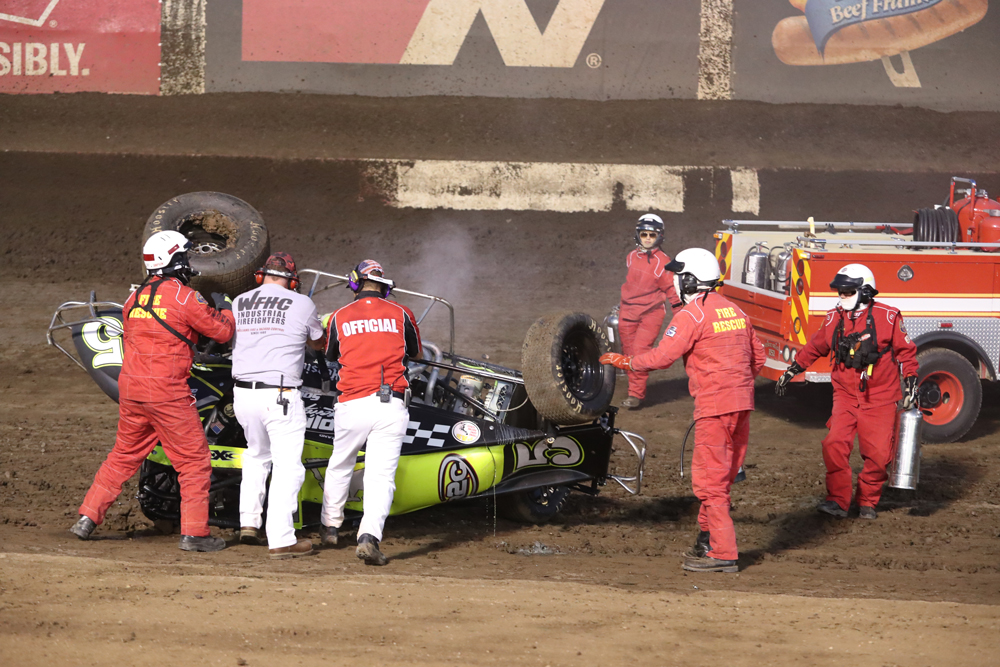
Jason Smith of USAC in Speedway, Indiana, said that the approach is often not only motorsports-specific, but also potentially class-specific. “It’s not like we just go to the local fire department and say, ‘Hey, we need six guys to come help out at this event.’ When there are different types of car designs with different types of fuel involved running on different types of tracks, you need people who are trained in how to approach those different scenarios. The way we do safety with side-by-side races might be different than how we’d approach a similar situation with sprint cars.”
He added that ensuring that rescue teams are familiar with the configuration of a given race car can have a big impact on response efforts. “A race car has different characteristics and concerns than a street car, so they need to know things like where the fuel shut-off is and what they have to look out for, so they don’t accidentally grab a hot component or something like that.”
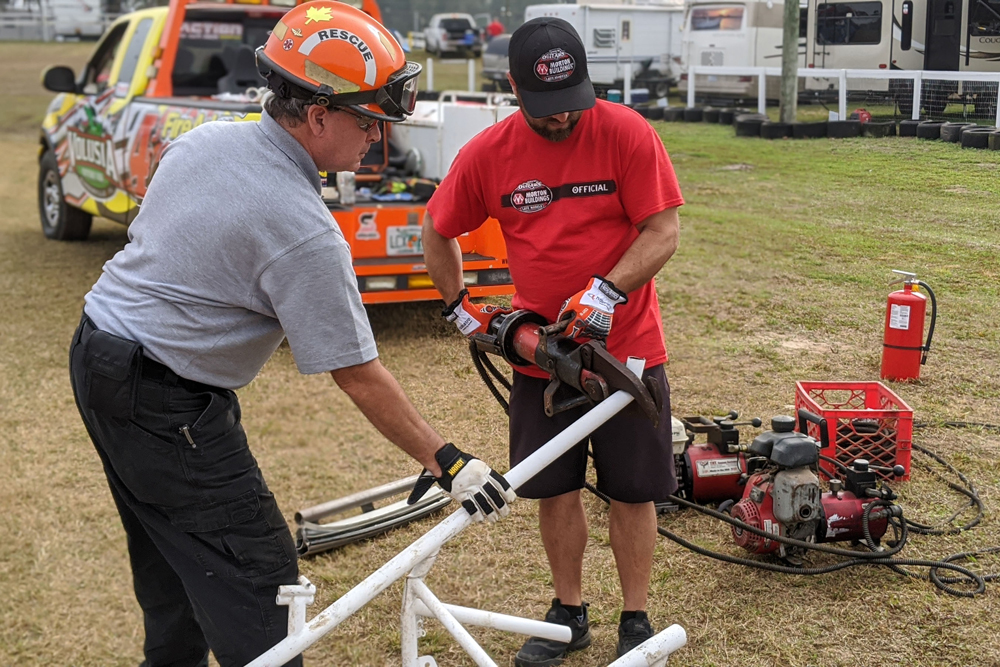
As such, the training programs for track first responders tend to be tailored toward the particular circumstances of a given racing discipline. “Every single official that we have on track at an event has been through the Short Track Incident Response Program,” said Tyler Backman of World of Outlaws, Concord, North Carolina.
“It’s an SFI-certified course, and they’re required to run through it every two years,” he continued. “One of the big elements that is covered is how to properly extricate a driver from a car. The containment seats are much safer than what we used to use, but they’re also more difficult to get people out of, so the program shows these trainees the correct technique to get someone out of a car while minimizing the risk of further injury. Another big component is fire rescue and how to address different types of fires. We’re dealing not only with gasoline, but also alcohol and other types of flammable liquids. How to properly flip a car over is another significant aspect of the program as well. There are a lot of variables involved in on-track incidents, and we want to make sure our first responders are ready for them.”
The eight-hour first responder training program put on by Med-Star Dirt Track Rescue involves race-day strategies that are put into action long before the green flag drops. “Pre-race training is an important element,” Masur said. “For instance, the proper placement of equipment and vehicles, and the verification that the vehicles are stocked and in proper working order.” Along with fire training and extrication methods, Med-Star also looks at how to neutralize potential hazards that can further encumber rescue efforts.
“Working with race cars comes with some additional considerations,” he added. “But there are some pretty simple things that can be done to improve safety, like using dish soap on tubing where you’re cutting to prevent spark hazards and save the blade. When cutting the car apart, there needs to be another person with a dry chemical by the motor during that process. The last thing we want is for a spark to ignite some fuel on the ground and create a bigger mess than we already have.”
The Right Tools For the Job
Horton said that upper-level series tend to have not only in-house training, but also equipment that’s been built specifically for the materials involved in a given racing series. “They’re using trucks that are designed for their race series, and specific tools that are matched to the car designs and the materials used in those cars. Those folks are trained to use those tools. They can’t be fumbling around when they get to the car in a scenario where seconds matter. The situation might be a bit different at the lower levels because of the funding involved, but the fundamental concepts are the same.”
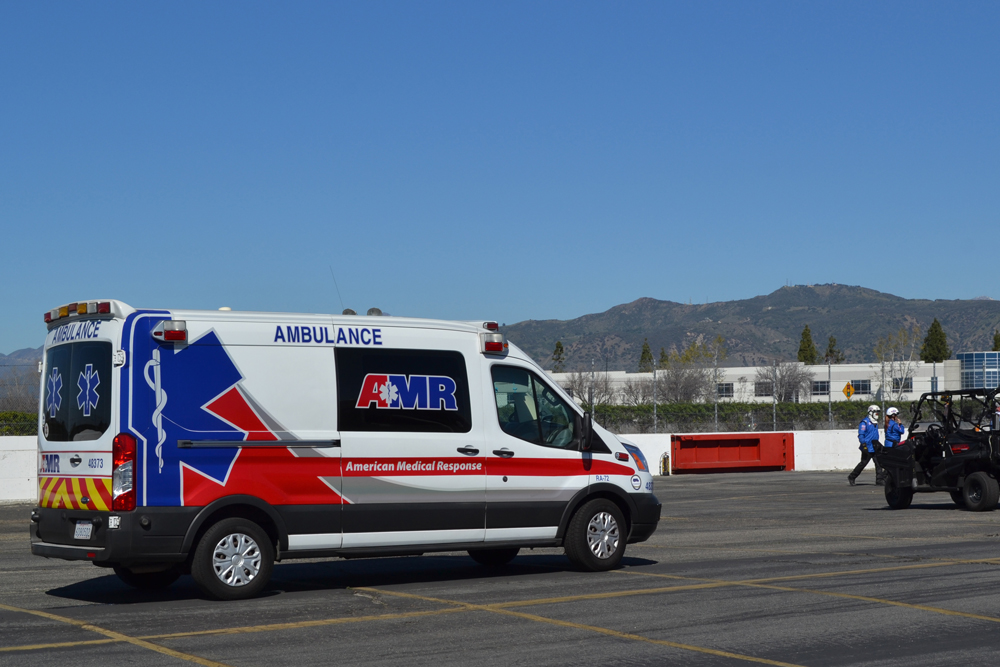
The need for specialized tools used in those series often relates to the materials used in those race cars as well, materials that may become more common in grassroots series in the future. “There was an IndyCar incident where a piece of suspension punched through the carbon tub and subsequently pierced the driver’s left leg, but first responders weren’t able to see what was actually pinning the driver in the car, so they initially struggled with the problem,” Horton recalled. “After that we had a desperate need to prevent that situation from happening ever again, so we worked with Holmatro to develop a new tool that would allow us to sheer the side of the cockpit off to get access to the underside of the tub. It was ultimately just a matter of getting a tool with the proper saw blade to cut through carbon fiber, and now all of the trucks in the series carry that tool.”
Meanwhile, Smith noted that it’s important for first responders to be prepared for any contingency that might occur during the process of extracting a driver from a vehicle after an incident. “All of our safety directors have cutter tools like the Jaws of Life or spreaders, or both. Cutters are useful to cut a door or a frame, and spreaders come in handy if something is preventing access to the driver and it needs to be moved out of the way to get them extracted. They typically go through two days of training, if not more, to learn how to properly use those tools.”
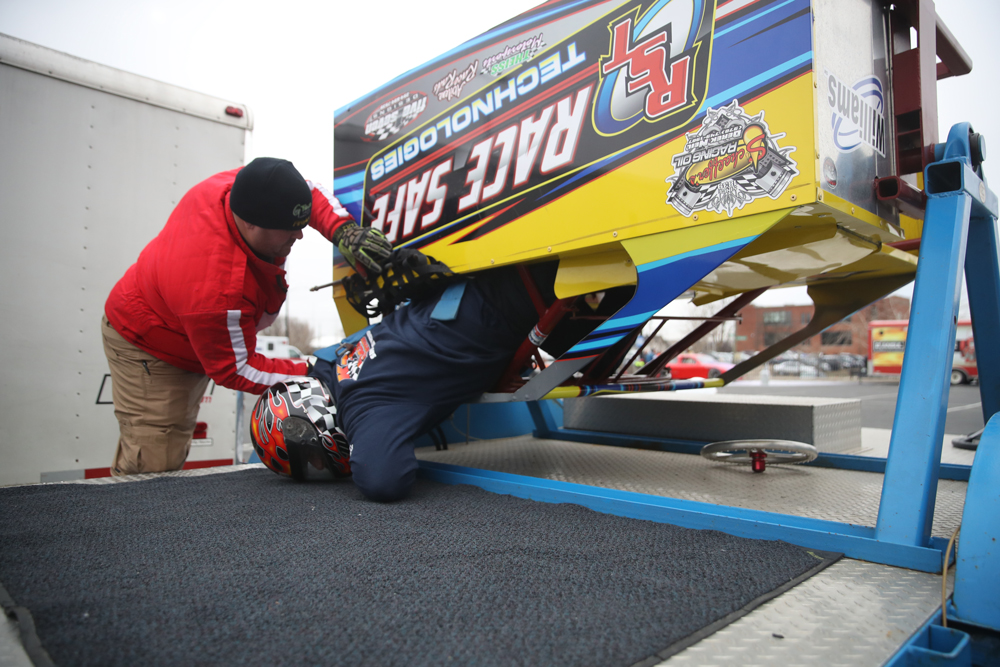
But Masur said that while first responders at the grassroots level need to be familiar with certain extraction tools, the equipment doesn’t necessarily have to be exotic. “We’re not talking about $20,000 or $30,000 tools here. A track can put together a system that will allow it to address virtually everything that can happen for less than $1,000. That can be equipment as common as Sawzalls and impact wrenches, things typically used to take apart a car under normal circumstances. Once the body is off of a car, you’re basically just dealing with tubing.”
Evolving Strategies
Decades of racing has provided organizers and first responders with a wealth of information and experience to draw upon in order to improve their safety programs, but even today, incident response continues to evolve based on what’s being learned on the race track.
“These days when we get to an accident, we know how to properly approach it,” said Backman. “Part of that simply comes down to preparedness. For instance, we have emergency plans for all of the different race tracks we go to. Going into it, we know who the ambulance service is, who the fire service is, we’ve got an established helicopter landing zone, etc. All of that is figured out prior to us getting there. The emergency plan for our bigger events is nine pages long, and I think that level of organization makes a difference. You hope you never have to activate a plan like that, but you also don’t want to be left scrambling in case you do.”
With continual improvements in safety being the core goal, the ability to share that experience and knowledge with not only first responder staff but also the racing community at large is an invaluable resource. “Ideally the training is continuous,” said Horton.
“And by an odd twist of fate, COVID-19 has actually helped folks share the latest information on the subject,” he continued. “The International Council of Motorsport Sciences is an organization with the primary goal of spreading safety knowledge. In the past I’ve done talks on my safety research from IndyCar’s point of view, while officials from NASCAR would come and present their findings as well. Traditionally, that’s been something we’ve done live at PRI shows, but over the past two years we’ve been doing these seminars virtually, and it has really opened up our audience. ICMS is a worldwide organization, and now instead of just a handful of people coming from Europe and Australia to attend in person, we have all sorts of folks from many different countries who can now get access to these talks online and apply that knowledge to their own racing series. The information is getting out to a much broader audience now, which is really cool.”
ICMS seminars coincide with the PRI Trade Show schedule with one day dedicated specifically to on-track safety. The organization provides other seminars throughout the rest of the year as well.
“Anybody can provide proper race rescue if they put the time into it to learn the skills,” said Masur. “There are a few places where we’ve done training with them and then come back later only to discover that they were doing the same old thing, but what we’ve seen with the vast majority of the people that we’ve trained is that they’re picking up their game year by year. Track safety is one of those things where you don’t know what you don’t know, and these improvements aren’t necessarily expensive to implement. But the eight hours that we put into training people is just the beginning. You’ve got to do your own training on a regular basis to keep those skills sharp. Like anything else, if you don’t practice this stuff, you’ll lose it.”
HOW AND WHERE THESE SAFETY Products DID THEIR JOBS
When Austin Hill’s No. 16 NASCAR truck was hit from behind on October 2, 2021, at Talladega Speedway, the vehicle turned into Zane Smith’s truck, pushing both into the outside wall of Turn 3 on lap 58. This sparked a multi-car wreck appropriately known as “The Big One,” which ultimately involved 21 racers and eliminated eight from competition. Just 20 laps later, Grant Enfinger would be bumped by Sheldon Creed and hit Stewart Griesen, taking out an additional six drivers from the race, which Tate Fogleman would win.
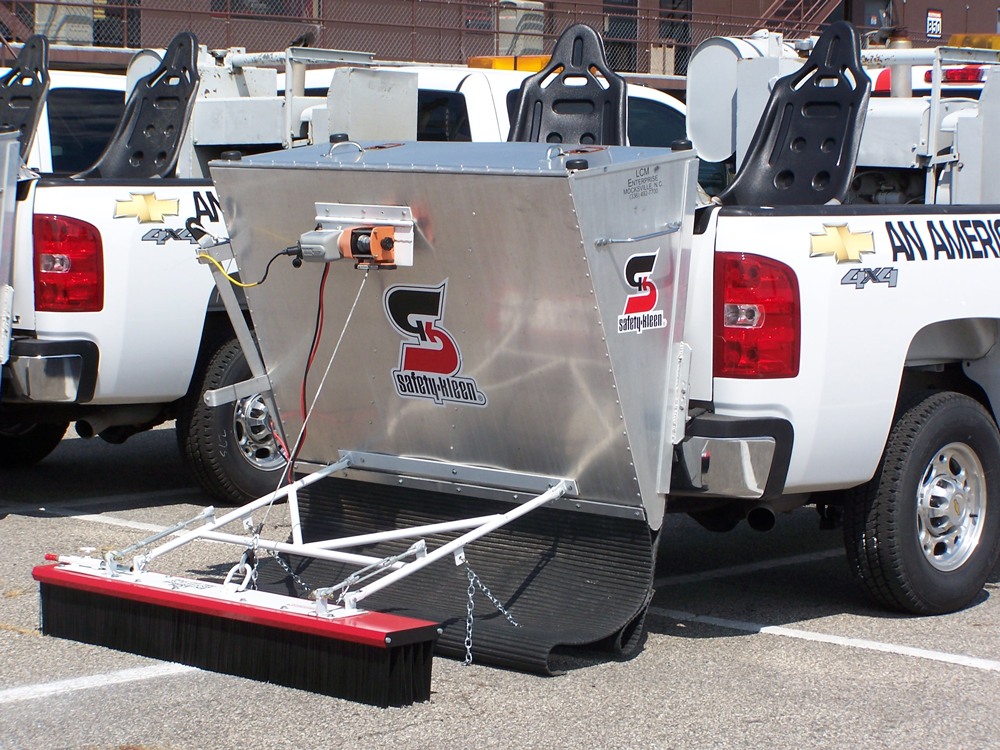
For both wrecks, the Alabama track deployed its safety team to check for injury and hazards, then tackle surface cleanup, where Safety-Kleen’s Oil Absorbent product was instrumental.
“As we know at big superspeedways, ‘The Big One’ is almost always a factor and can affect upwards of as many as 20 cars, as it did in the 2021 crash at Talladega. The Safety-Kleen Oil Absorbent was used to clean the track that day so that the 80,000 fans could enjoy the balance of the race,” said Drew Patey of Safety-Kleen, Port Orange, Florida. “Oval tracks require slick tires. Any liquid on the track can cause spin-outs or skids and damage the race car. Our oil absorbent spreaders are sprayed on the water and oil on a surface, then vacuumed up and properly disposed.”
Similarly, a strategically placed track barrier system by Scribner Plastics prevented injury at All American Speedway, the 1/3-mile paved oval in Roseville, California.
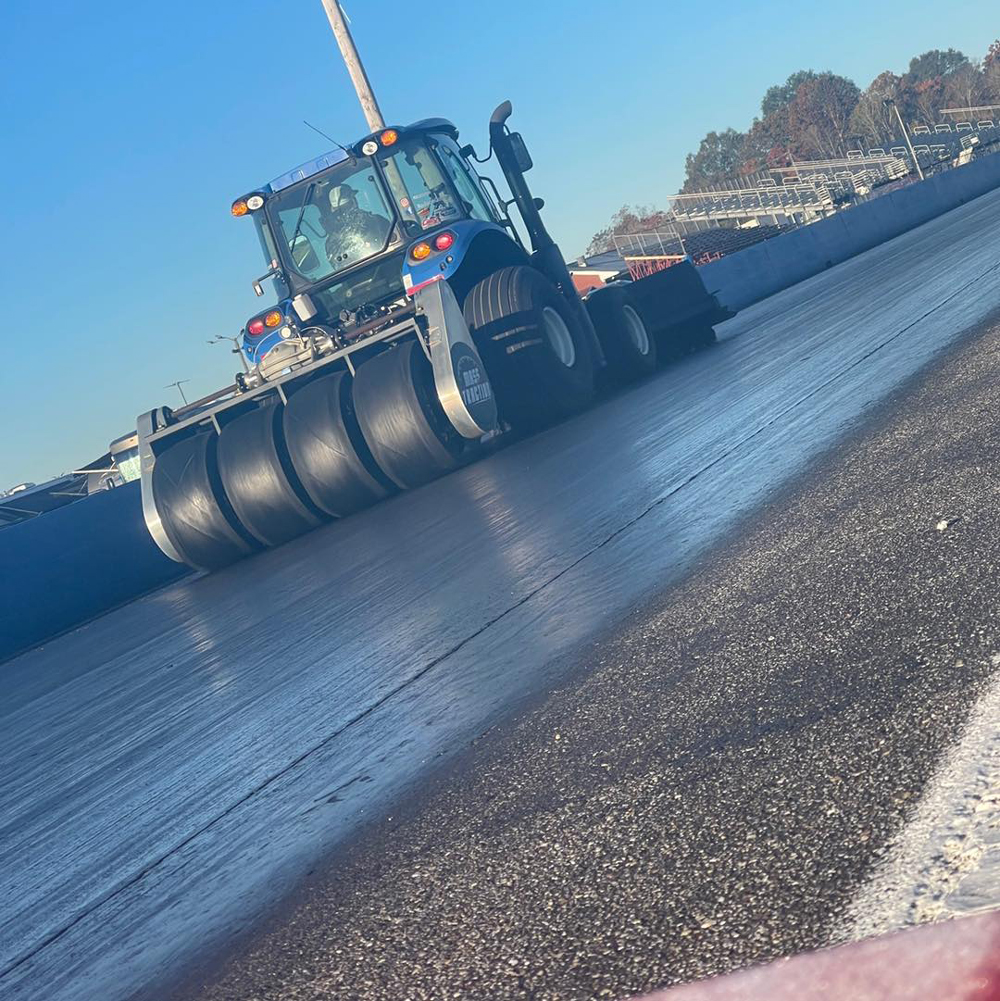
“During a NASCAR weekly race in 2019, a racer got a throttle stuck, and the car hit the on-off wall at full speed. Fortunately, we had a Scribner Plastics barrier installed, and the driver was unhurt,” said Bill McAnally, the promoter of the track. “The car was totaled. We had to cut off the roof to get the driver out to be safe. But the plastic barrier definitely saved them from serious health concerns. It truly got us to trust and believe in the barriers.”
“The reality is, many tracks were made 40, 50, even 60 years ago, and we’re carrying much higher speeds today,” said Chris Scribner of Scribner Plastics, Rancho Cordova, California. “Many tracks use tractor tires to cover exposed concrete, but the problem is they roll if not fastened. Or, in the case of a multi-car pile-up, the first car might move the barrier, leaving the wall exposed. Our Link Barrier system links together with a nut and a bolt, and in this particular application, there were pins we ran through to hook them together. Then a ratchet strap goes through the pin, and it straps to the actual wall itself, so it doesn’t move. That barrier takes the blunt impact from a vehicle and absorbs it.”
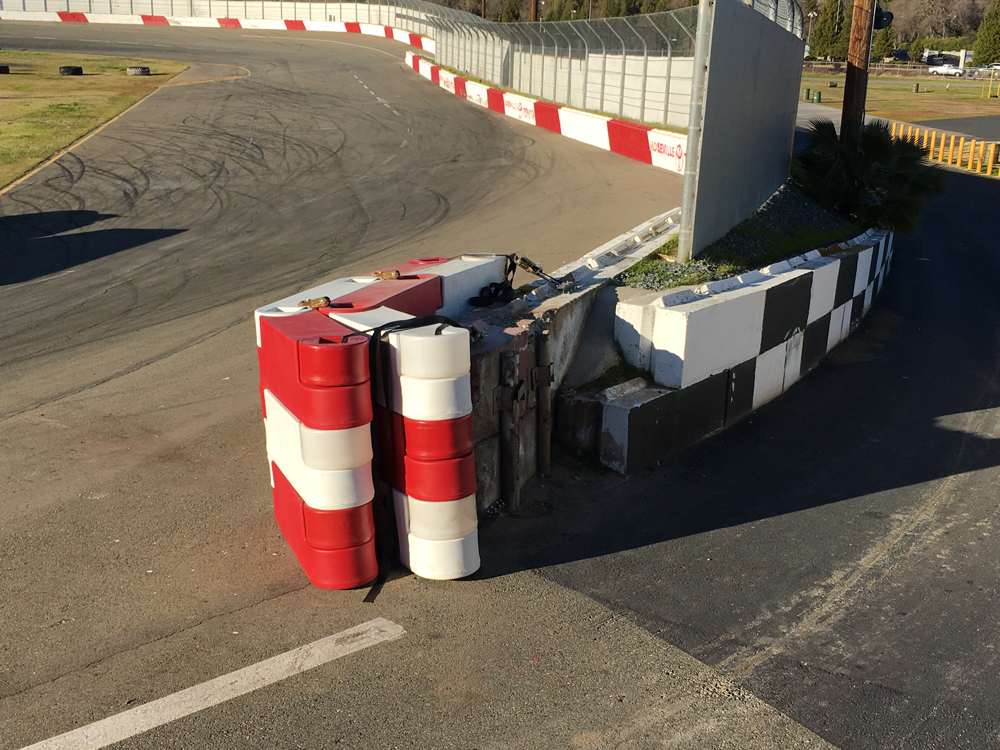
As opposed to manufactured products, Mass Traction in Wellington, Florida, provides track safety with a host of preparation services.
“I’m a one-person operation that serves many of the drag strips on the East Coast, from West Palm Beach, Florida, all the way to the upper peninsula of Michigan,” said Brandon Mass. “I’ll re-do a track surface, lay down fresh rubber, then will choose track glue depending on factors like dust, cloud cover, and temperature. We’re essentially painting a rubber surface to make the tires bond to the track, which is huge for safety. I’m the last line of defense before a driver makes a run.
“Outside of prep, I try to point my clients in the right direction for track safety since, unfortunately, it often takes an accident to open eyes up,” Mass continued. “I show them where they might improve. For example, I still see guardrails—which have caused damage and even death. That’s troubling.”
Mass Traction will travel to 48 events this year. “I supply every facility with an overview of what they can do to be safer and run better events. The more information you give, the better, in my experience,” Mass said.
—Laura Pitts
SCRIBNER PLASTICS
BLUNT IMPACT ABSORPTION SYSTEM
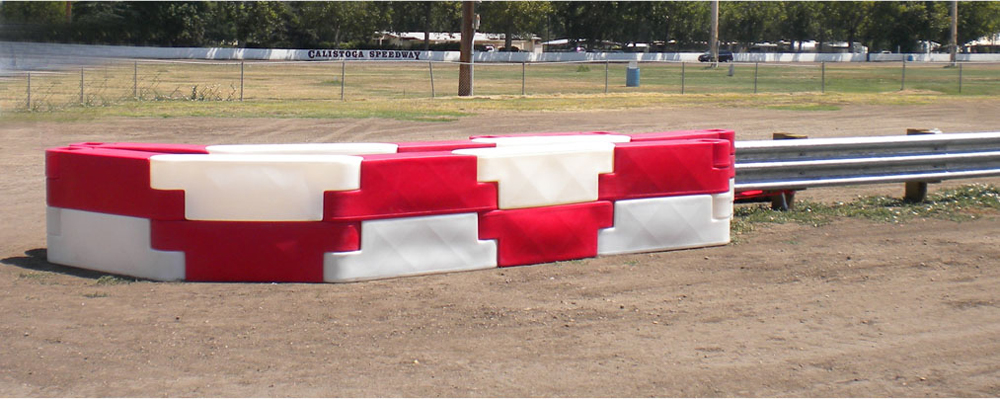
• Hollow molded modules from specialized proprietary polymer.
• Multiple modules anchored and tethered in place.
• Modules will temporarily deform and partially collapse to absorb impact.
• Can be configured either 36- or 54-inch heights.
• Systems from 12 feet to unlimited length.
For more info: scribnerplastics.com
SUMMIT RACING
ENGINE DIAPERS
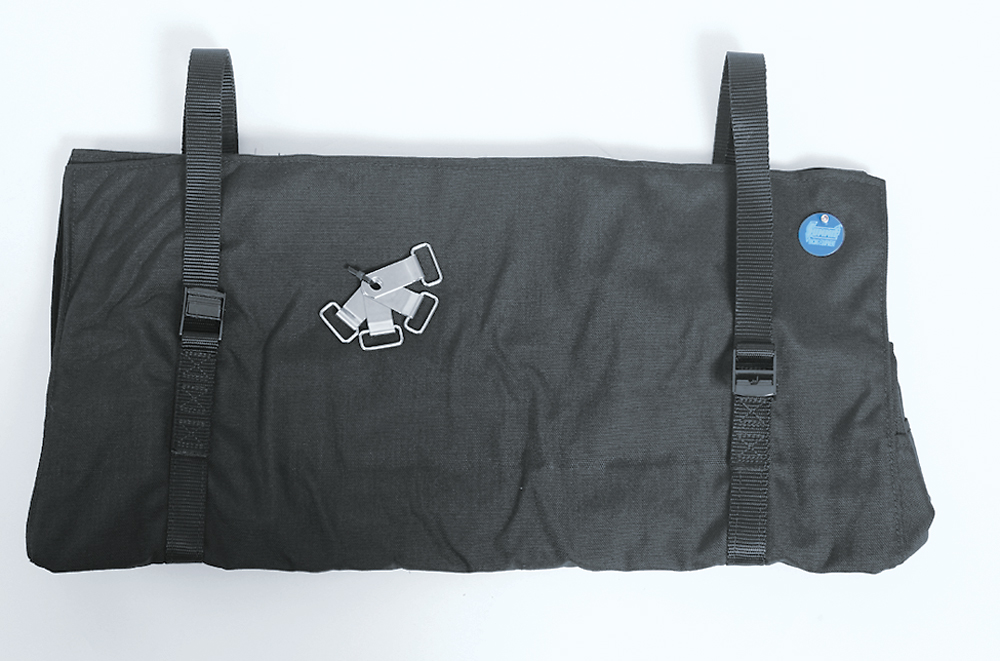
• Keep oil off the race track in the event of engine failure.
• Manufactured from tough, high-tensile webbing.
• Absorbent pad holds up to 10 quarts of oil.
• Wraps around oil pan and straps to header and water pump bolts.
• NHRA-accepted for competition use.
• Universal fit, available in 22-inch and 24-inch length.
For more info: summitracing.com
Sources
Mass Traction
masstraction.com
Med-Star Dirt Track Rescue
facebook.com/MedstarDirtTrackRescueTeam/
Safety-Kleen
safety-kleen.com
Scribner Plastics
scribnerplastics.com
Summit Racing
summitracing.com
USAC
usacracing.com
WH Engineering
World of Outlaws
worldofoutlaws.com
 MEMBERSHIP LOGIN
MEMBERSHIP LOGIN JOIN PRI
JOIN PRI


